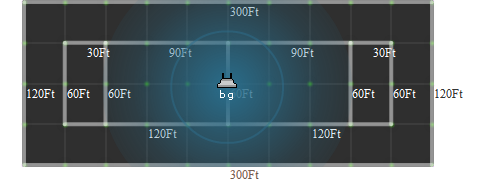University uses WiMAX to become dedicated student ISP's

Northern Michigan University (NMU) has taken a bold step in converting their standard wireless infrastrure to WiMAX, a wireless Internet technology which makes ordinary Wi-Fi look like chalk on slate in comparison.
WiMax in a nutshell uses airwave bandwidth beyond that of ordinary wireless networks and covers vast areas. The closest thing I have seen in comparison comes from The Cloud, a London based company, which uses public Wi-Fi networks to make an ad-hoc and "patchy" cloudspread across a city. WiMax on the other hand entirely blankets a city with wireless coverage.
As with all technologies, I try and balance out the equilibrium to also see the negatives as inevitably there will be at least one draw back; there always is. WIth WiMax, the only thing holding it back could be the price of the infrastructure setup, which in turn would trickle down to the consumer paying for it.
NMU has secured its network to run as any ordinary college or university wireless network would be - secured with their usual network login information - allowing them to be off campus and connecting in their usual fashion. With this in mind, the cost has been subsidised by including it as part of tuition fees, so there are 'no extra costs'.
- Read more: iGeneration coverage: "Dial-up diary"
- Read more: 3G broadband: students outside the house
- Read more: BlackBerry's reduce broadband outage downtime
My understanding of tuition fees in the United States is limited to "ouch, that's expensive". But any relief from paying extra home broadband bills I am sure would be beneficial.
Starting with ordinary household 802.11b/g, followed by next-generation 802.11n which is soon to be out of draft specification as an official standard, and then 802.16 (or "WiMax"), the following office diagrams would put these wireless standards into some perspective:

It's hard to comprehend a city literally blanketed with wireless signals, but a 30 mile (50 kilometre) radius would be enough to cover greater and outer London - anywhere within the M25 orbital which circles the city.
Impressive, really. Perhaps this will solve the student-come-broadband problem with universities becoming their own student dedicated Internet service providers?